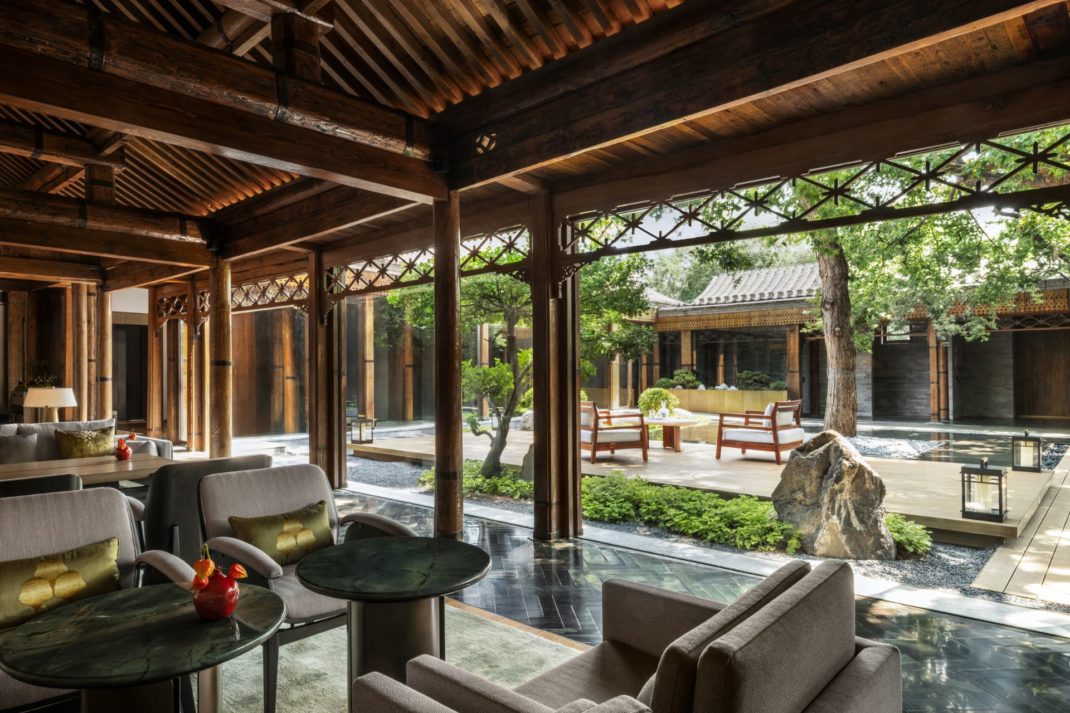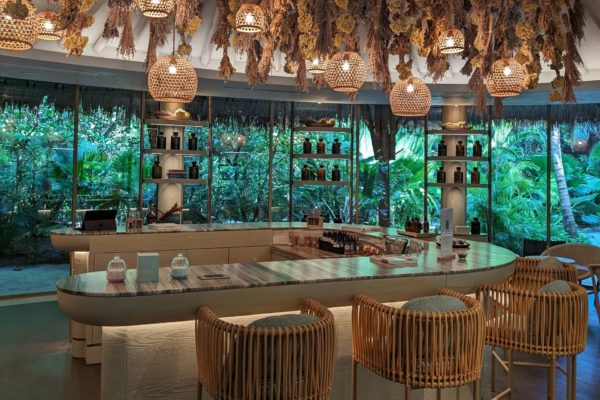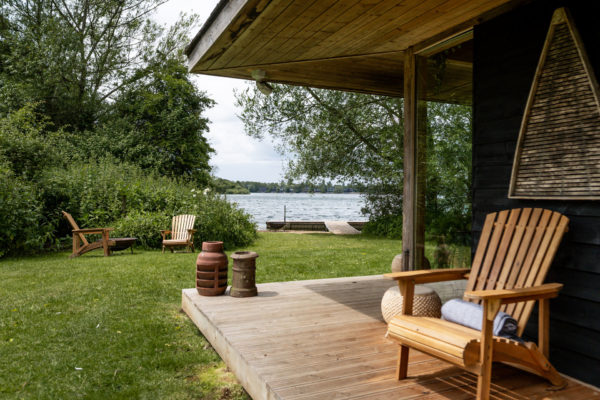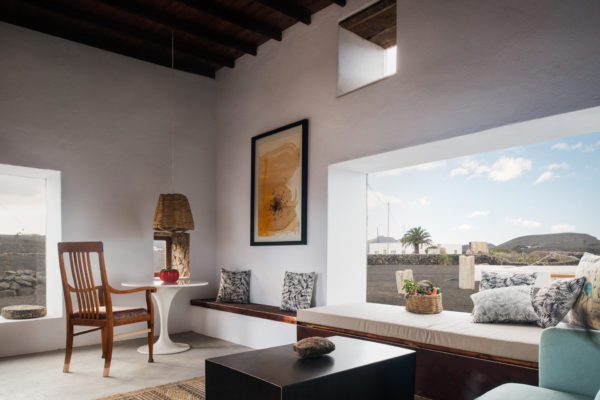Return To Wellbeing: Savoy Hotel & Spa, Cilento, Italy – Review
By
9 months ago
A magical trip through the Italian region of Cilento
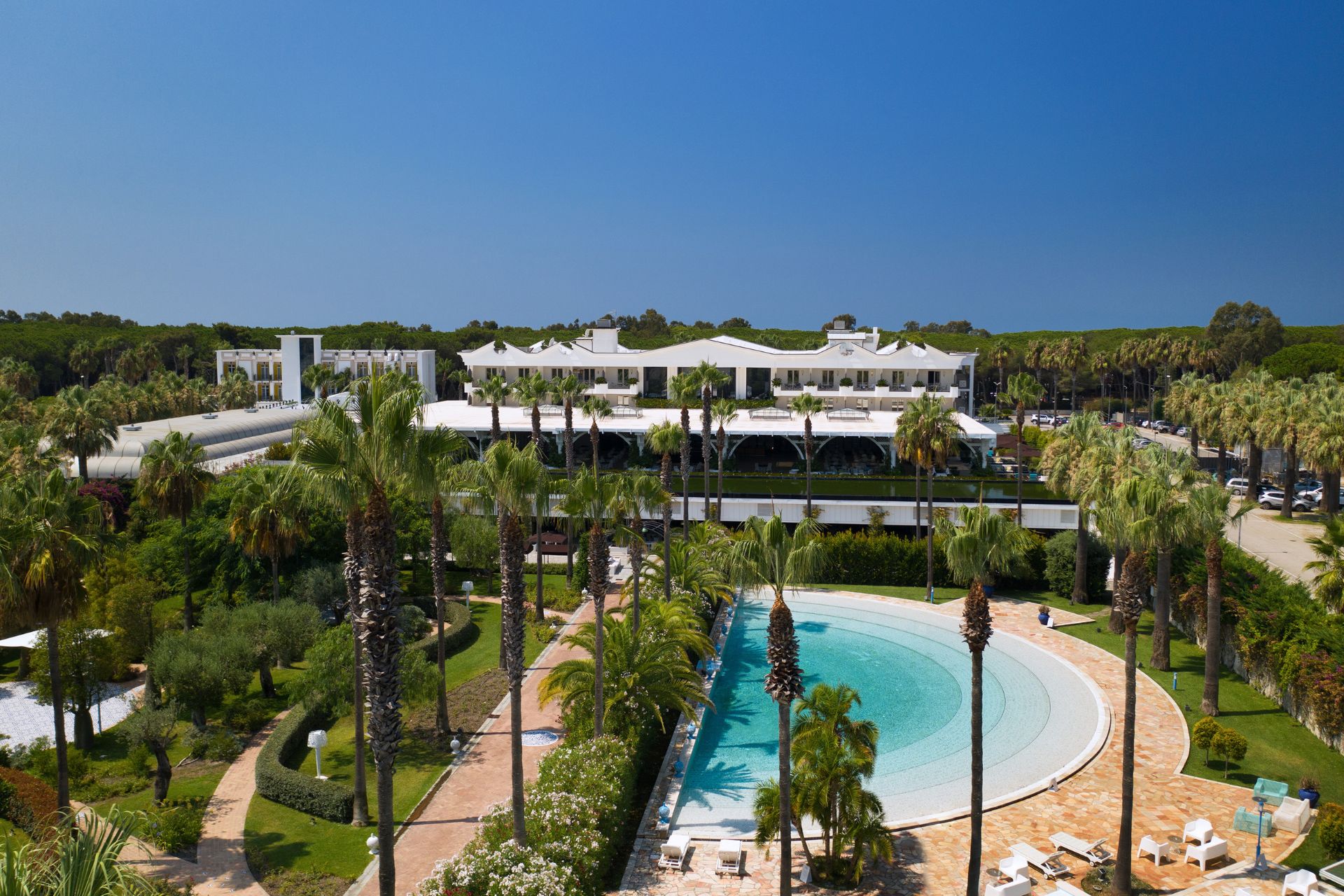
Kamin Mohammadi checks in to Savoy Hotel & Spa in Cilento, the little-known Italian region that has been the seat of longevity for millennia.
C&TH Guide to Responsible Tourism
Review: Savoy Hotel & Spa, Cilento, Italy
I had never heard of Cilento. In 16 years of living in Tuscany when a friend mentioned the region, I had no idea where it was, let alone that it was a sort of lost paradise: an undiscovered part of Italy with ancient Greek ruins, incredible beaches and such good gastronomy that in just one of its tiny towns there are four Michelin-starred restaurants. And all this just a stone’s throw from the overcrowded Amalfi Coast. It sounded like an urban legend, so I had to go and see for myself.
Just a couple of hours drive south of Naples, the whole Cilento region is a UNESCO heritage site, with 80 towns, a national park – the second largest in Italy – important archaeological sites, three Protected Marine Areas and over 100km of fine beaches, many of them Blue Flag beaches, indicating exceptionally clean, clear waters. In addition, the region must be doing something right: Cilento’s population has some of the longest life expectancy in Italy, three out of 100 inhabitants live to over 100 years old even in today’s stress-filled world. And its vast plains are home to many large herds of buffalo; its buffalo mozzarella is even better than what Naples has to offer, as I was to find out.
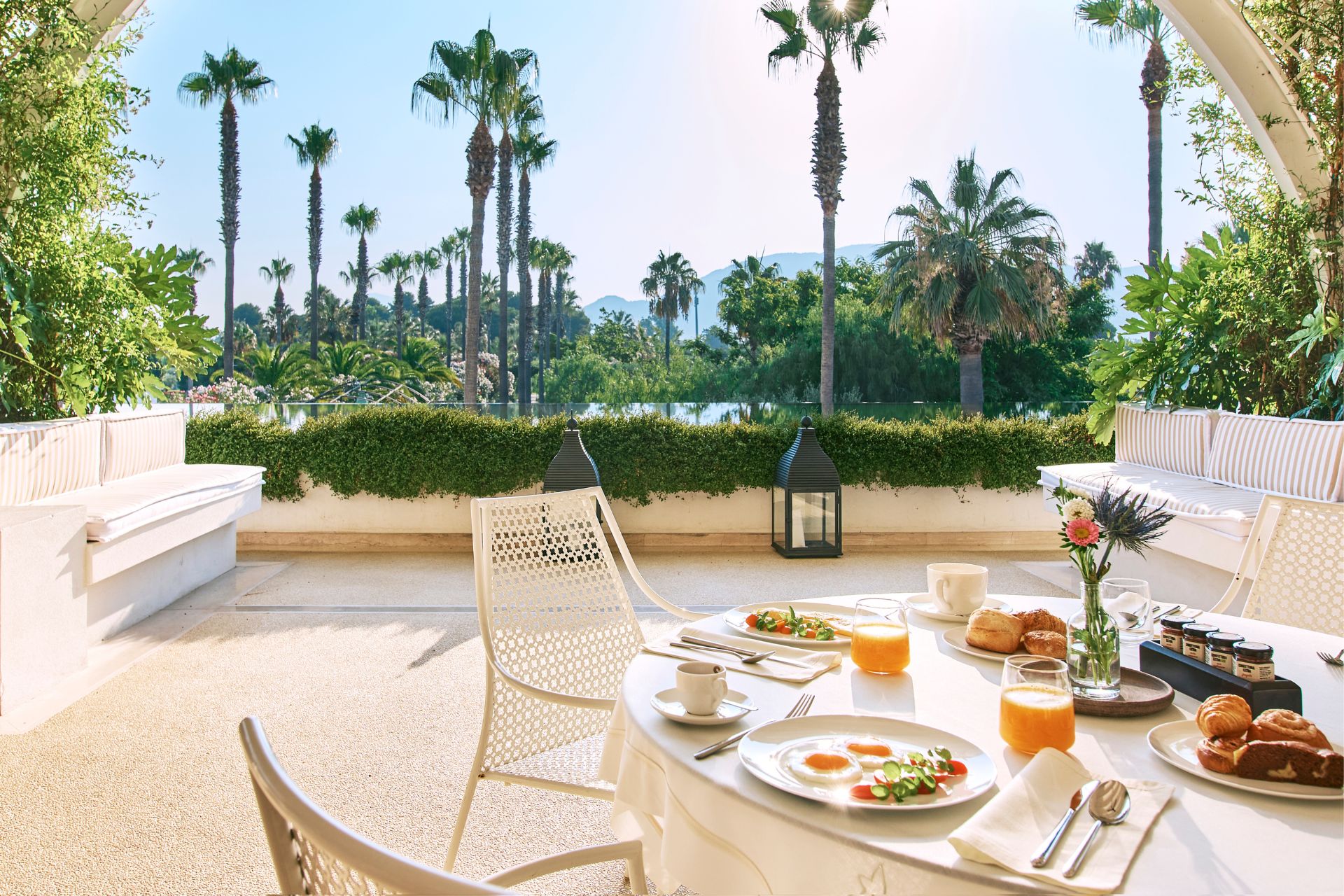
Ancient Greeks arrived here by sea fleeing Persian invasion, founding the city of Poseidonia – now Paestum – in 600BC. I choose the ancient Greek town as my base, staying in the fabulous luxury resort hotel, the Savoy Hotel and Spa, an independent hotel that offers not only delectably stylish and spacious accommodation, a pool, two restaurants – one with two Michelin stars – and one of the best spas in Italy, as well as a hip Beach Club. Paestum makes a great base to explore this region, which occupies the southern-most part of the province of Campania. It’s just 30 minutes from Salerno airport. which , this July has reopened to international flights, making it even easier to reach this hidden paradise.
The Savoy Hotel and Spa is a monumental structure of a hotel along this coast. Reflecting the classical architecture of the nearby Greek temples, the hotel features Ionic columns both outside and within the spacious expanses of the interior. Situated across the road from the pine forest that separates the town from the sea, the beach is a few minutes’ stroll away – that’s if you can tear yourself away from the beautiful gardens, the large pool and the incredible Holos spa.
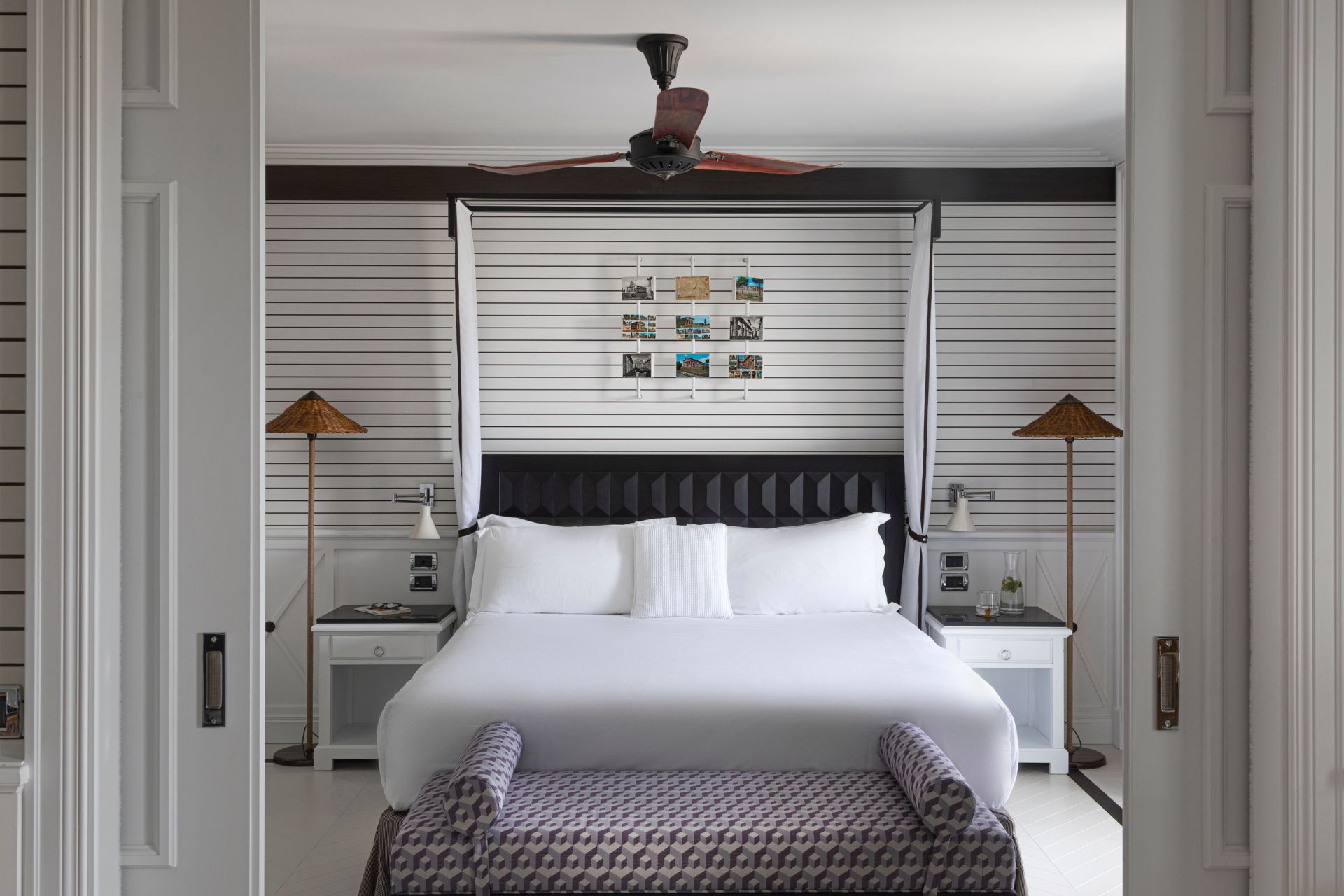
To save you the ten-minute walk, a shuttle will take you to the hotel’s own beach club, Beach Club 93, a decadent experience with a delicious restaurant, vast lounge beds with billowing curtains to hide from the glare, stylish cabins for changing, a swimming pool and a lovely garden that leads down to the hotel’s beach area, with more serviced sun loungers. The pièce-de-resistance is the massage platform that looks over the sea – ideal for a couple’s massage to the soothing sound of the waves. Charming service and cool background beats reminded me of the beach clubs of Bali, with its mix of chill and impeccable service.
The whole aesthetic of the hotel, with its newly refurbished upper floor rooms, is an eclectic mix of modern styles that evoke chic holidays – a deco vibe here, a rattan cabinet there, smart wooden ceiling fans, bathroom walls made of stripes of black granite and white marble. Black and white photos reflect the age of elegant travel. Vast terraces face out towards the sea, the scent of the pine forest wafting as you enjoy your outdoor shower, lounge in the sun or just glory in the box hedges that give you total privacy, and the lemon tree that recalls the famous Amalfi lemons just up the coast.
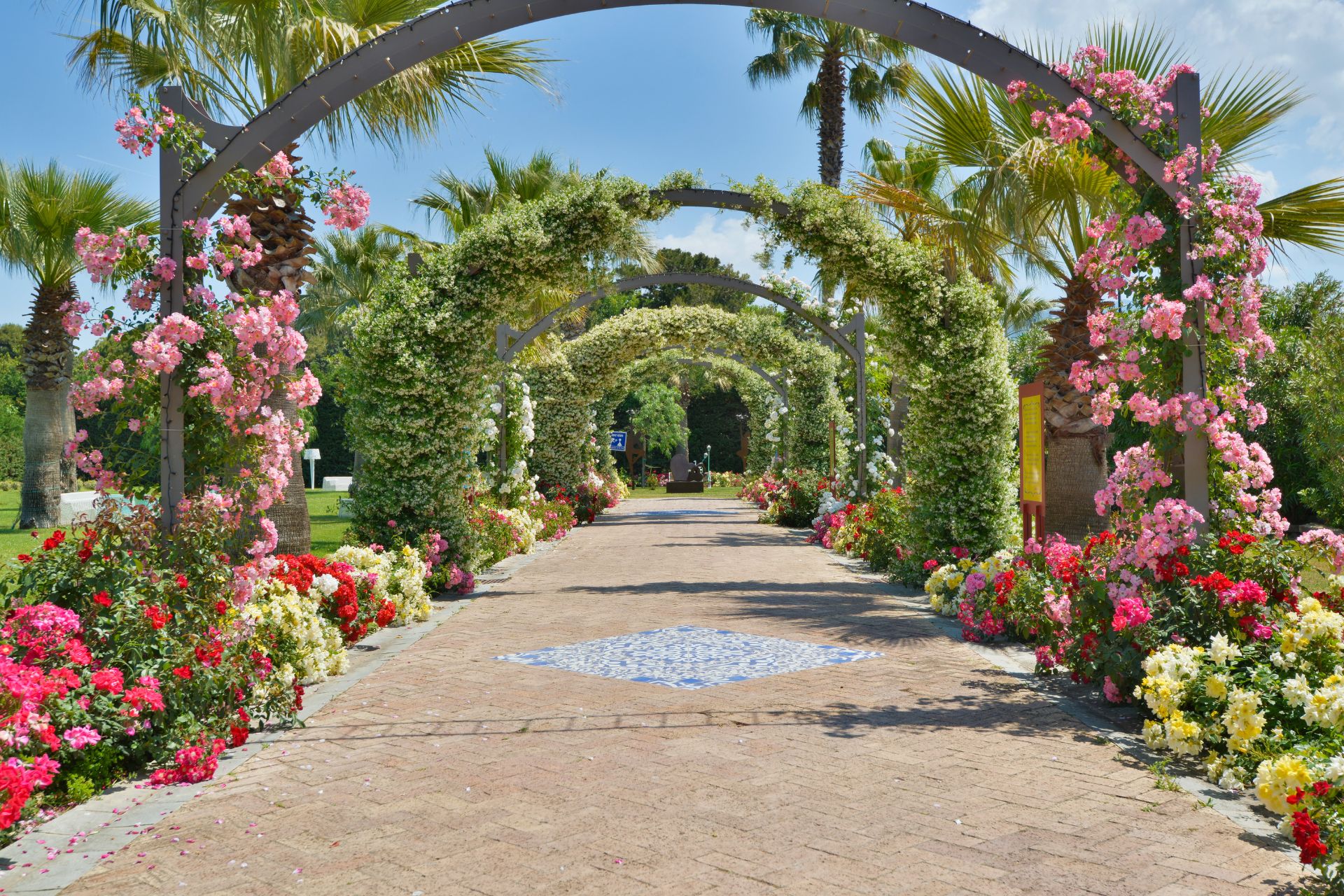
And when it’s time to tear yourself away from this paradise within a paradise, the hotel curates excursions that will immerse you in the gifts of the area. And the first gift is this: Paestum is quiet and laid back. In excursions to the region’s biggest town of Agropoli, there are, unlike in Amalfi, no squiggly clifftop roads littered with nervous tourists driving well under the speed limit, while frustrated Italians hoot as they speed past. Here there is a rugged mountainous interior, greener and lusher than expected this far south. Along the coast there is Acciaroli, where Hemingway retreated, frequenting the cafes that line the harbour, watching fishermen bring in their hauls – some say his novel The Old Man And The Sea was inspired by this place. This small town harbours some 300 centenarians; 20 percent of them have reached the grand age of 110.
A little further south, near the charming seaside town of Ascea, is the tiny Marina di Pisciotta which keeps ancient fishing techniques alive, using the position of the stars to guess where the anchovy will surface – the Savoy arranged for me to go out with a fisherman, and the beauty of the seascape, the caves we passed bearing inside them a single statue of the Virgin Mary, and imaging how the coast looked to the Greeks as they navigated their boats here thousands of years ago, more than made up for the fact that the fishing net came up largely empty.
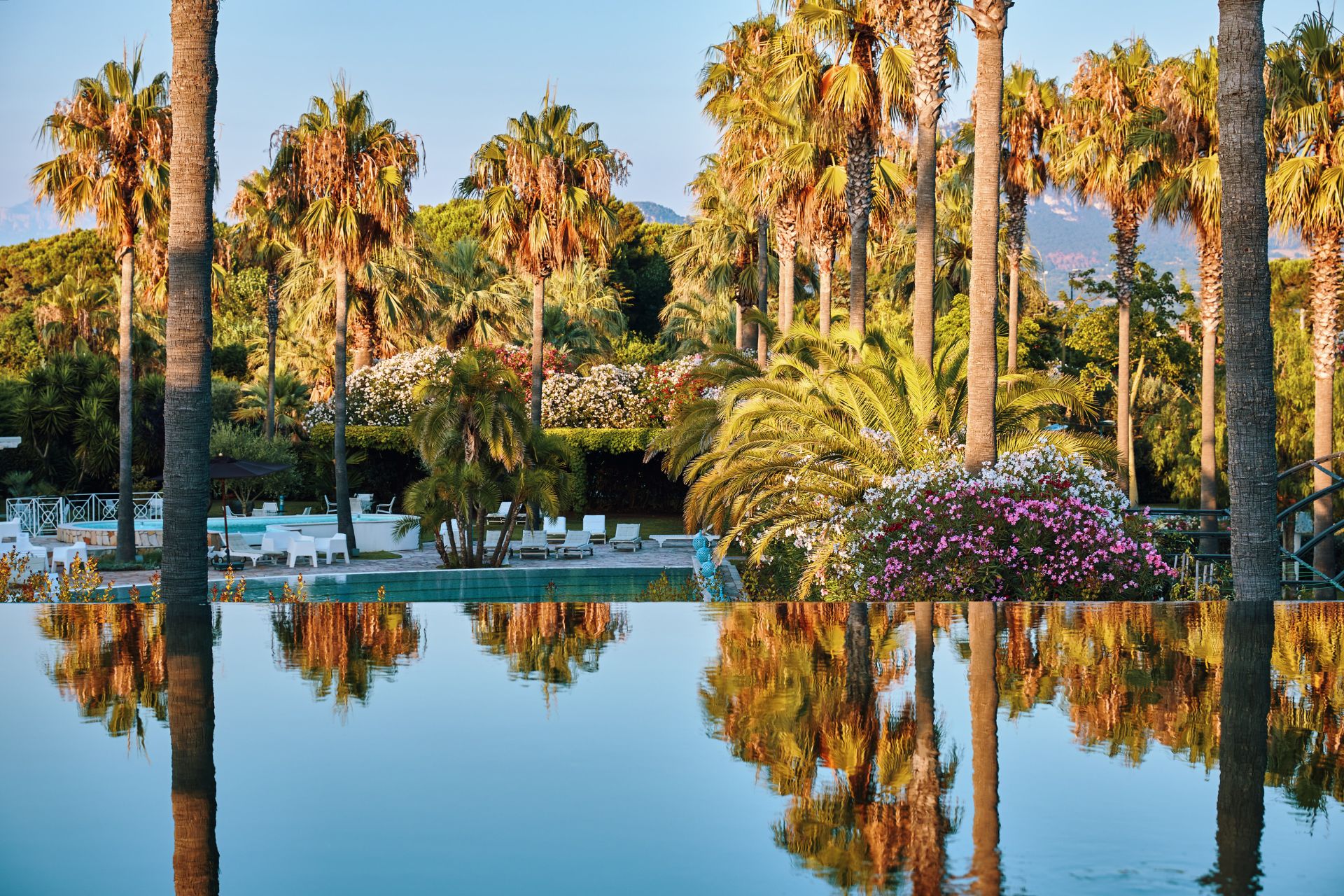
The health-giving magic of this area makes it home to the original Mediterranean Diet. Nearby coastal town Pioppi is where, in 1963, distinguished American physiologist Ancel Keys bought a villa with his wife. He spent the next 28 years studying the Mediterranean Diet, the key to the longevity of Cilento’s citizens. This impressive villa now houses the Museum of the Mediterranean Diet, devoted to Keys’ work on the top floor (there is a sweet marine museum on the ground floor) which still houses Ancel’s library and educates the visitor on what makes up the Mediterranean Diet, its components and how to adopt it. Ancel Keys certainly practiced what he preached: he died two months before his 101st birthday.
To have a taste of the true Mediterranean diet, I spent a day at San Salvatore 1988, the farm and award-winning winery owned by Pagano family (who own the Savoy Hotel and Spa). Their vineyards are in the heart of the Cilento National Park and seem to pack the very essence of the Mediterranean in their diecious notes, but the farm also has an enormous vegetable garden and a herd of 600 buffalo.
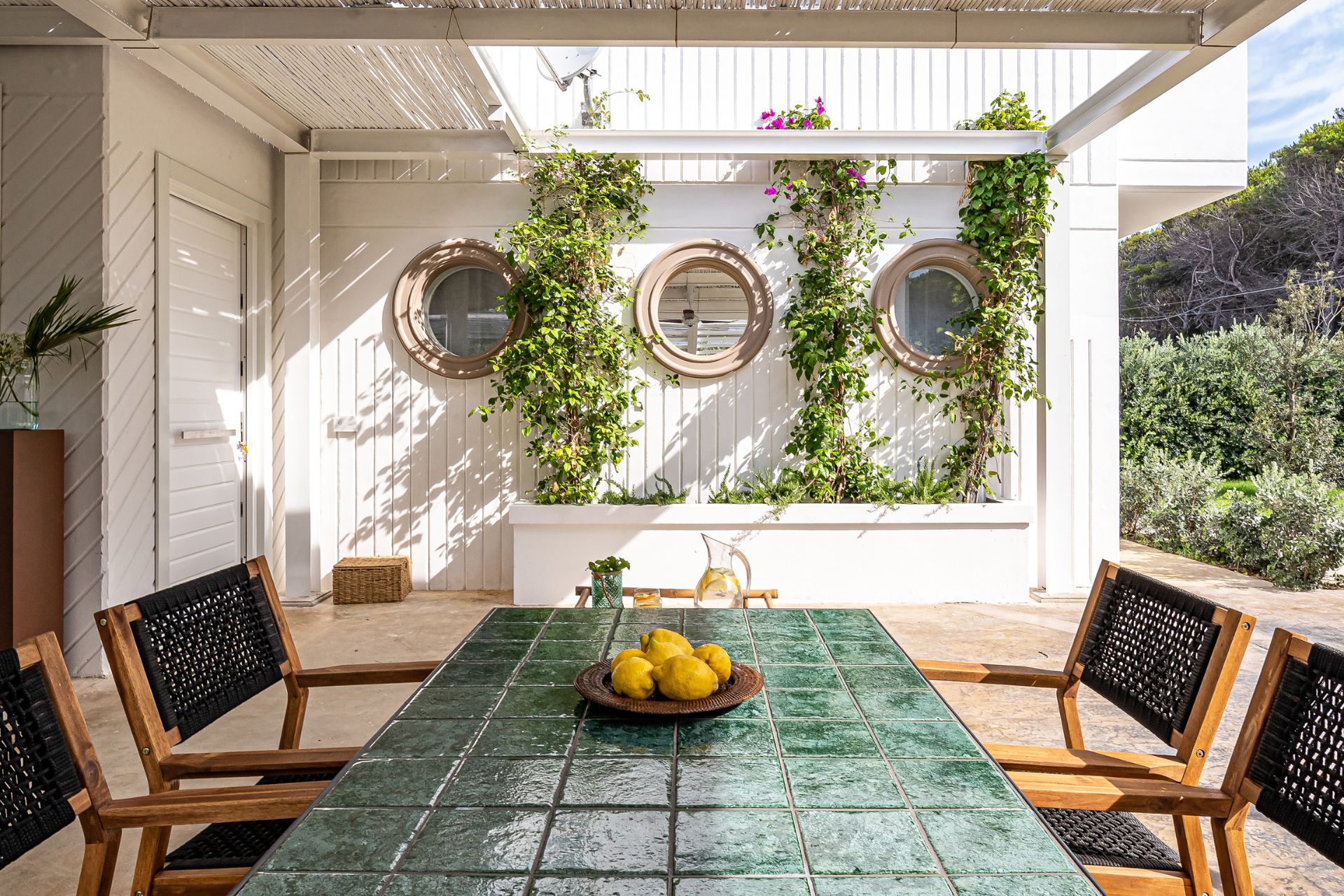
A visit to La Dispensa is a must – the farm shop and restaurant sells only products made from the farm’s own ingredients, a zero-mile policy that is shared (at least in ambition) by the hotel too. After a pasta-making class in the lovely grounds and a meeting with the grannies who cook up a storm in La Dispensa’s kitchen, I tucked into a lunch that embraced the traditions of Cilentan cooking, and which seemed to last the rest of the day.
It all started with a buffalo mozzarella bigger than my head, and after a tutorial on the correct way to cut the enormous ball of cheese, course after course lulled me into a gentle and entirely pleasurable food coma, the likes of which I have rarely seen, even in all these years of living in Italy. The real revelations were the buffalo-milk yoghurts, creamy puddings and even ricotta cheese, all also on the hotel’s breakfast menu. Be warned though – you may emerge with such an addiction to San Salvatore 1988’s buffalo-milk yoghurts that you will be desperately scanning the shelves of Harrods’ Food Hall, as I have been ever since, looking for them (Harrods is the only stockist in the UK).
Excursions from Paestum along the coast thread first through bucolic mountains and valleys, and each foray out of town passes the archaeological site with its honey-coloured Greek temples, most of which are so beautifully preserved and intact that you realise the local orange-hued rock they are built from are truly as hardy as they come. Visiting the Archaeological Park of Paestum is a blissful retreat to a near past in which visiting every wonder of the world did not involve hours of queuing and a scrum of so many bodies that the wonders themselves are barely glimpsed and certainly not enjoyed. On my visit there were only a sprinkling of other tourists and locals told me that the park is used in the summer for classical concerts and other cultural events – orchestras playing in the shadows of the Greek temples to audiences made up of Cilento residents. ‘We really feel this place is ours,’ one told me, affectionally indicating the magnificent temples.
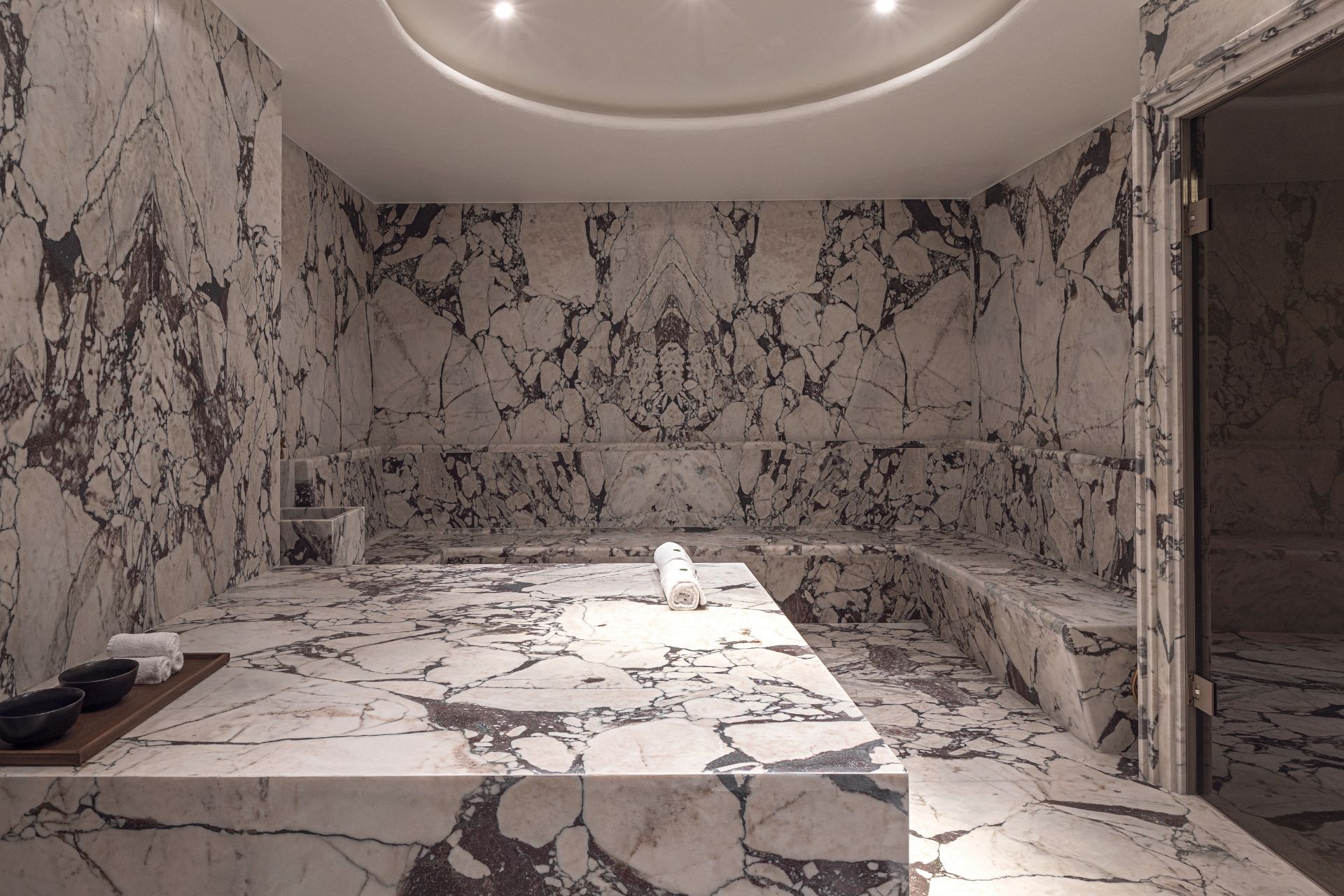
Mattia Aquila Photography
The ruins of Paestum are known for the three ancient Greek temples in the Doric style dating from about 550 to 450 BC, all in an excellent state of preservation. The city walls and amphitheatre are also largely intact, and the base of the walls of many other structures remain, as well as paved roads. Beyond the ancient Greek ruins are the outlines and remains of a Roman town too – Cilento delivers two ancient civilizations to travellers curious enough to discover this place. The Museum of Paestum houses treasures discovered here in 18th-century, from numerous painted tombs dating back to 500BC, including the famous fresco of The Diver which once decorated the ceiling of a tomb.
I followed my encounter with ancient temples with some ancient spa rituals courtesy of the hotel’s Holos spa. Another massive space cleverly designed to lead you through a journey of wellbeing, even before you have taken a treatment. Based on the ancients’ various cures and treatments, Holos stays true to its Cilentan roots by using material from the area – purple Calacatta marble and black porous lava stones – and nodding to Roman baths, with several pools of varying temperatures, a salt cave and an ice room, as well as Turkish bath, sauna and steam rooms. An hour here feels endlessly relaxing, as you lose all sense of time within the all-encompassing feel of Holos. Add a treatment such as a massage, and you will be reborn.
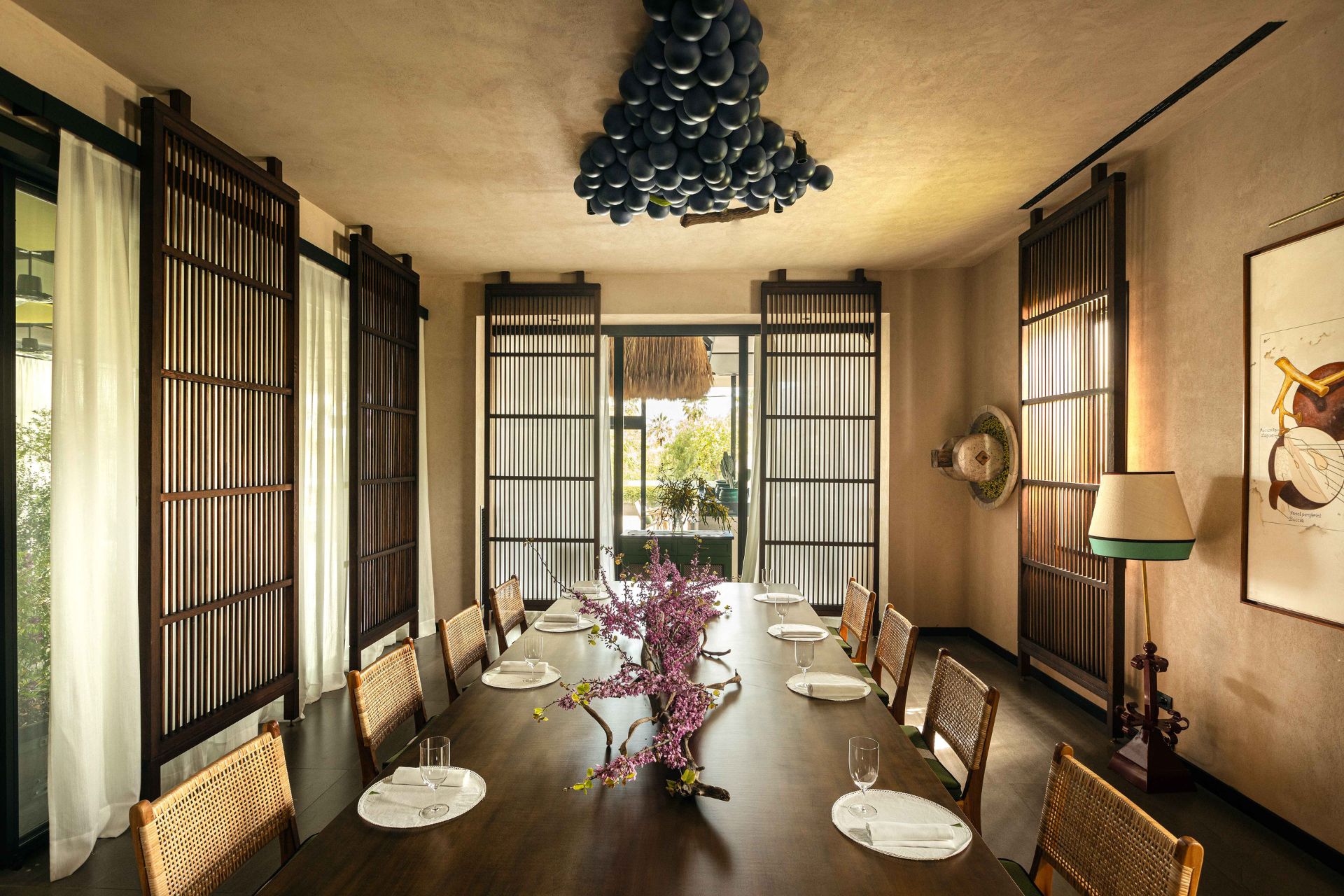
Since my mission was to discover the magic of Cilento, after my unforgettable encounter with all things buffalo at San Salvatore 1988’s La Dispensa, I felt it apt to return to the life-giving cuisine of the region. The hotel’s second restaurant Tre Olivi is a showstopper that deserves a trip all by itself. Awarded two Michelin stars, German chef Oliver Glowig presents his take on traditional regional cuisine and a belief in zero-mile ingredients. Showcased on two tasting menus (with dishes also available à la carte), many of his ingredients are sourced from the property’s own generous kitchen garden and beehives. While he respects Cilento’s abundant produce and typical Mediterranean recipes, his dishes are entirely contemporary in flavour, presentation and appearance. With the odd nod to his own German roots, Glowig’s food goes beyond mere sustenance, and, combined with the sculptural serving dishes and attentive service of the excellent staff, dinner is elevated to an experience of profound artistry, rooted in the traditions of this land.
Cilento has been drawing visitors looking to heal themselves for not just centuries, but millennia. Nearby Velia was once Elea, the home of Western philosophical thought, home to philosophers Parmenides, Zeno of Elea and Melissus of Samos, and was famous as a place of healing. Since that time, the elite of the Western world have come here for cures from physical and mental illnesses. The region’s ability to heal from its relaxed way of life, unparalleled nature, produce and simple and healthy diet is as ancient as the majestic temple of Hera at Paestum.



